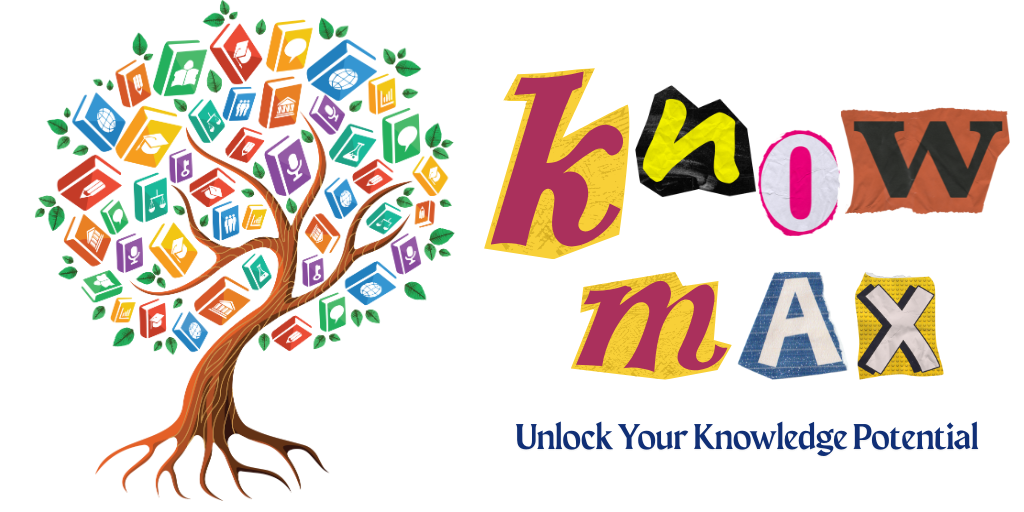In recent years, the landscape of higher education has undergone significant changes, prompting a renewed focus on the narratives that institutions present to the public. As confidence in American higher education has seen a resurgence, with a notable increase in the percentage of individuals expressing strong trust in these institutions, it is crucial for colleges and universities to not only tell their stories but also to embody the values they promote.
Rising Confidence in Higher Education
According to recent surveys, the confidence of Americans in higher education has climbed to 42 percent, a notable increase from previous lows. This shift indicates a growing recognition of the value that higher education can provide, despite the challenges faced by the sector. Interestingly, a poll conducted by New America reveals a bipartisan consensus, with both Democrats and Republicans largely agreeing that the current state of higher education is satisfactory.
Public Opinion and Institutional Response
The dynamics of public opinion often reflect a reactionary stance, particularly in response to political discourse surrounding higher education. The criticisms levied against colleges and universities have sparked a counter-movement, with many individuals rallying in support of these institutions. This presents a unique opportunity for higher education leaders to engage with the public narrative and reinforce the positive aspects of their missions.
Embracing Change and Future Challenges
As we look to the future, it is essential for higher education institutions to acknowledge that the landscape will not revert to its previous state. The challenges posed by political scrutiny and societal expectations require a proactive approach. Experts like Brendan Cantwell emphasize the need for institutions to adapt and innovate, rather than cling to outdated models of operation.
Utilizing SWOT Analysis for Strategic Planning
In navigating these complexities, institutions can benefit from strategic frameworks such as SWOT analysis. This method encourages a comprehensive evaluation of strengths, weaknesses, opportunities, and threats, allowing institutions to identify areas for improvement and capitalize on emerging trends. While initial skepticism about such analyses is common, they can provide valuable insights when applied thoughtfully.
Transforming Threats into Opportunities
In the current climate, where public sentiment towards higher education is improving, institutions have a chance to reshape the narrative surrounding their roles. By addressing the criticisms head-on and highlighting their contributions to society, colleges and universities can strengthen their positions and foster greater public support.
Aligning Institutional Goals with Public Expectations
Data from New America indicates that a significant majority of Americans believe higher education should serve a dual purpose: equipping students with essential skills and fostering informed citizenship. This alignment presents a clear directive for institutions to enhance their educational offerings while also promoting civic engagement and critical thinking.
Challenges in Interpretation and Implementation
However, the interpretation of these expectations can vary widely among institutions. Some universities may prioritize technological advancements, while others may focus on traditional humanities education. This divergence highlights the need for institutions to clearly define their missions and communicate them effectively to their stakeholders.
Countering Negative Narratives
The ongoing narrative that seeks to undermine the credibility of higher education must be met with a robust counter-narrative. By leveraging data and public sentiment, institutions can challenge misconceptions and advocate for the vital role they play in society. This resistance is essential for maintaining the integrity and relevance of higher education in the face of adversity.
In conclusion, as higher education continues to evolve, the importance of storytelling and authentic representation cannot be overstated. Institutions must not only articulate their missions but also live up to them, ensuring that they remain valuable contributors to society and trusted pillars of knowledge.
